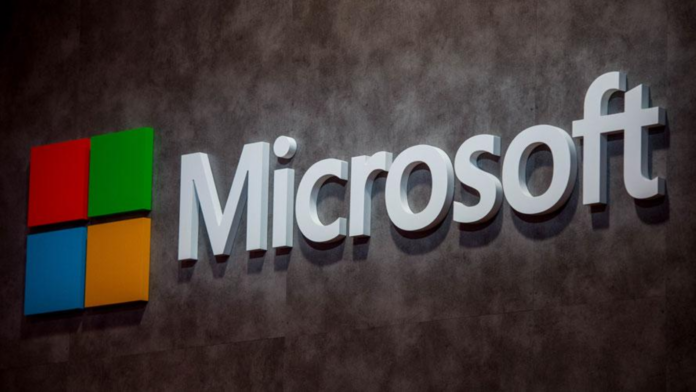In a significant stride towards cloud-native development, Microsoft has introduced Radius. What’s Radius, you ask? It’s a cutting-edge open-source platform that facilitates the creation and execution of cloud-native applications. And the cherry on top? It’s language-neutral.
Originating from the Microsoft Azure Incubation team’s brains, this isn’t their first foray into open-source projects. Remember the likes of Dapr for microservices, or the KEDA autoscaling solution? Then there’s Copacetic, a toolkit for sealing up vulnerabilities in container images. Both Dapr and KEDA have made their mark as part of the Cloud Native Computing Foundation (CNCF). And guess what? Microsoft is eyeing a spot for Radius in the CNCF family within half a year.
So, what’s the deal with Radius? It paves the way for developers to release applications on private clouds, Microsoft’s Azure, and even on Amazon’s AWS. And hold onto your hats because support for Google Cloud is on the horizon! While Kubernetes has democratized application development for varied platforms, it’s undeniable that managing these applications has become a tad more intricate. Enter Radius – a platform that wants you to leave the complexities to it and just immerse yourself in coding.
Sure, there have been other platforms in the past, like the Cloud Foundry project or VMware’s Tanzu Application Service. But as Mark Russinovich, Azure CTO and Microsoft’s technical connoisseur puts it, Radius brings a fresh perspective.
In his words, “Radius is all-embracing. Whether it’s traditional two-tier applications or the more intricate microservice-based ones, Radius is up for the task.” Russinovich emphasizes the platform’s neutrality, letting applications be as they are without imposing a specific architectural mold.
Additionally, while many platforms zoom in on the computation tiers of applications or microservices, they often sideline other cloud resources. With Radius, developers can holistically describe their app, detailing every relationship and component. This results in what Russinovich terms a “complete application graph.”
In essence, Radius is about flexibility and familiarity. Instead of overhauling established concepts, it synergizes with existing tools like Terraform, Bicep, and integrates seamlessly with CI/CD platforms like GitHub Actions.
A standout feature of Radius is its universal control plane, anchored on Azure’s Resource Manager deployment mechanism. For those tech enthusiasts, here’s some good news: Microsoft plans to make this resource manager open-source in the coming months. And for those who’ve been following, Bicep, the domain-specific infrastructure-as-code language layered over the deployment engine, is already in the open-source realm.
But the story doesn’t end here. Microsoft has joined forces with giants like Comcast and Portuguese banking mogul, Millennium BCP, to make Radius versatile across clouds.
If we rewind to Microsoft’s strategy for Dapr, Radius seems to be treading a similar path. Launching as an open-source endeavor, with aspirations to join the CNCF, Dapr birthed several commercial undertakings. The trajectory for Radius looks promising, and it might not be long before we see a Radius-centered application platform on Azure.











